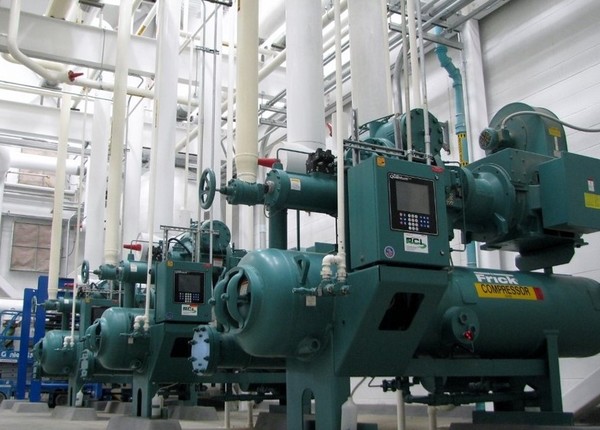Eight Things to Know About ANSI/IIAR 4-2020

Last year, IIAR published a new edition of Standard 4 Installation of Closed-Circuit Ammonia Refrigeration Systems. We’ve spent considerable time familiarizing with this document and have distilled key themes into eight things you should know about Standard 4.
1. Install the system in accordance with its design.
Remember the equipment layouts, elevation drawings, and piping diagrams that took countless hours to prepare? It should go without saying, but IIAR 4 requires that the system installation be in accordance with design documents and IIAR Standard 2.
2. Installers must be qualified, trained, and certified.
Is the lowest bid always the best? Ammonia is a hazardous chemical, so it is appropriate that Standard 4 requires facilities to verify the training and experience of the installers who will assemble the system. Special attention is given to welders who are required to provide their Welder Performance Qualification (WPQ) record and lifting equipment operators who must be certified.
3. Welding operations must adhere to ASME and AWS standards.
Is all welding the same? Standard 4 does not contain prescriptive requirements for welding processes, but instead points to several normative references:
- ASME B&PVC, Section IX (2019) and ASME B31.5 (2019) – Applies to welding on pressure-containing components.
- ASNT SNT-TC-1A (2016) – Applies to non-destructive evaluation, if required.
- AWS D1.1, AWS D1.6, and AWS D1.8 – Applies to welding of structural supports.
4. All materials must be compatible with ammonia.
Can any metal pipe be used? All materials used in the system installation must be compatible with ammonia at the coincident temperature and pressure to which the component will be subject. This requirement applies to pipe, valves, equipment, gaskets, instruments, level columns, pipe joint compound, and anything else that may come in contact with ammonia. While verifying that piping is only made of carbon and stainless steel is fairly easy, confirming the compatibility of the other components may require more detailed attention.
5. Equipment location matters.
Where should the equipment be installed? Once the system is operational, it will require maintenance. The installer must consider clearances for personnel who will be responsible to service the system. Additionally, system equipment must be protected from physical impact and be installed in such a manner as to not restrict access through a means of egress.
6. Proper installation means adequate foundations and supports.
Are equipment supports important? While California facilities face a much higher threat of equipment shaking due to seismic activity, any safe, long-lasting ammonia refrigeration system must be properly supported. Here are a few notable support requirements in Standard 4:
- Supports and foundations must be noncombustible.
- Pipes must be retained (fastened) to their support structure.
- Where threaded rod is used to suspend equipment, a double nut (or equivalent) must be employed.
- Concrete anchors must not be adjusted after being set.
7. Materials stored during installation need to be kept clean.
Is it okay if my materials get dirty on the jobsite? Standard 4 is clear that the method for storing materials during installation matters. Pipes are to be clean and free from debris and moisture during storage, fabrication, and assembly. Furthermore, all insulation-related materials must be delivered to the job site in clean, marked, and previously unused containers.
8. Insulation is important.
I can save a little money by insulating the pipes myself, right? Approximately 1/3 of the content in Standard 4 addresses insulation (Chapter 8 and Appendices C-D). Proper installation of the insulation system is essential to prevent corrosion under insulation, improve efficiency, and increase the system lifespan. Appendix D contains a wealth of information regarding insulation material selection, installation, corrosion inhibiting gels, and tie-ins to the existing system.

Leave a Reply